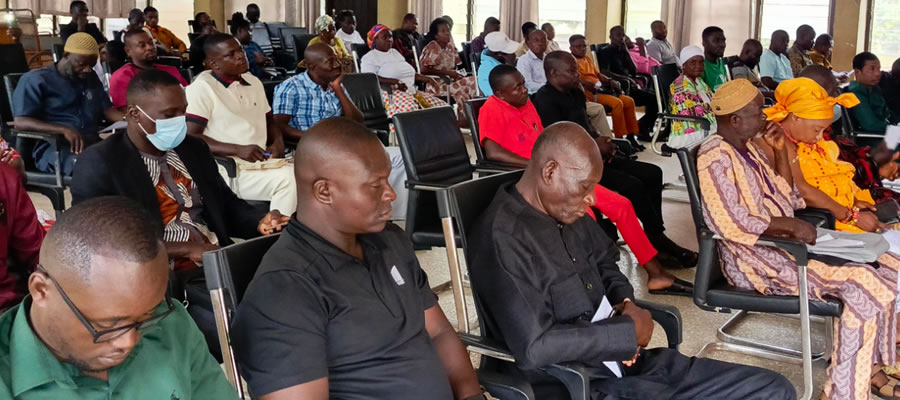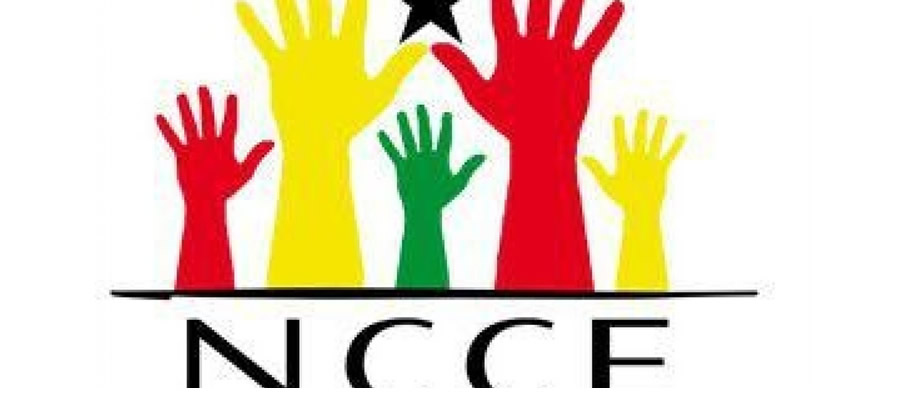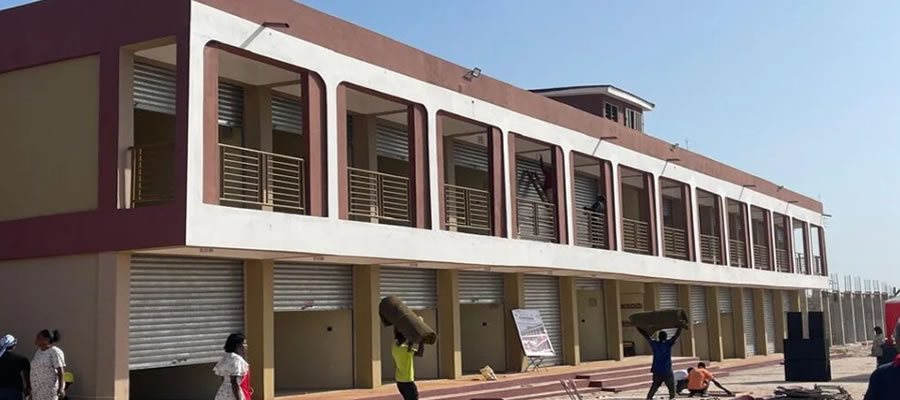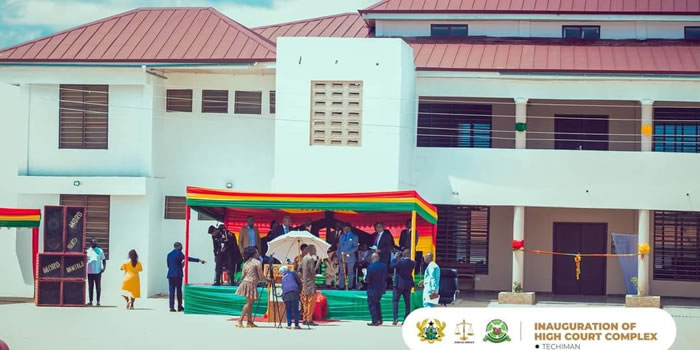

Periodic Markets
The major periodic centres were identified within the Municipality. They are namely, the Techiman Market in the south and the Offuman Market in the north. Large varieties of farm produce are marketed in these areas and in large volumes. The Techiman market is, however, regarded as the biggest periodic market, within the Municipality, and it is even considered by many as one of the largest periodic markets within the West African sub-Region.
The Offuman market, though not as large as compared to the Techiman periodic market, also trades in a large volume of agricultural produce. Its strategic location in the north is considered as advantageous, since it has helped to contain the excesses that would have been experienced by the periodic market at Techiman.
Feeder Roads
Feeder roads distribution as far as the Municipality is concerned, are concentrated in the south. This could be explained by a number of reasons. The principal factor is that the south has most of the fertile lands, where agric production is on a large scale. Food, cash crops and Timber are abundantly transported from the south and this has encouraged Timber loggers to create additional feeder roads, which have been subsequently improved by the government.
Again, the south records high traffic density and as a result more feeder roads have been constructed. Looking at the picture of feeder roads within the Municipality, one can say that it is not evenly distributed, since large areas in the north of the Municipality have very low physical access to feeder roads. This means that the need to construct more feeder roads in the north to enhance accessibility.
Transportation systems
Road Infrastructure
The principal mode of transportation in the Municipality is by road. An important aspect of spatial organisation in terms of settlement is the distribution of services, which depends on the road network. The Municipality’s road network consists of highways, urban roads and feeder roads. The department of urban roads provide the road network within the urban areas. Techiman, the Municipal capital is the focal point of most of the roads in the Municipality.
The Municipality has a total road length of 451.5 Kilometres of these; the feeder road network consists of 315.7(67%) kilometres with 135.8 kilometres (30%) of urban roads. Of the feeder roads 207.7 Kilometres (65.7%) is engineered with 108.0 kilometres (34%) partially engineered. 38.62% of the roads in the Municipality are in good condition, 21.89% fair and 39.48 in poor condition.
Accessibility in terms of feeder roads is not satisfactory. Most of the feeder roads are not rehabilitated regularly. The degradation rate is also very high due to heavy rainfall and heavy-duty trucks that ply them. Some feeder roads become almost impassable during the rainy season, placing farmers at the mercy of exploitative transporters and middlemen. Table 1.19 shows the surface and condition types of feeder roads in the Municipality.
Of the 135.8 kilometres of urban roads, 30.7 kilometres have bituminous surface treatment (BST), with only 21.8 % in good condition. The gravelled part of the urban road network is only 1.4 kilometres, which is in poor condition. The remaining 1.3.7 kilometres is earth surfaced with over 95% of the length in poor condition. Techiman is not only a junction town (entrepol) but also situated on the Trans-West African Highway.
There is therefore the need to open up more access roads within the township to facilitate vehicular movement and residential development. Traffic control systems (Traffic light sets) have also become necessary with the increasing volume of traffic within Techiman township. It is also anticipated that the completion of the on-going Kumasi – Techiman – Kintampo highway will greatly facilitate traffic activities to and from the Municipal capital, hence enhanced economic activities.
The proposed rail network linking Northern Region passes through Techiman. This when completed will add impetus to bulk haulage transportation and trans-national and regional trade. The on-going programme to use Techiman as the Central Bus Terminal by the Mass Transport Company to service the middle belt also need to be vigorously pursued to enhance and reduce cost of commuting, especially to the poor.
Intermediate Means of Transport (IMT’s)
The use of intermediate means of transport (IMT’s) is popular in the Municipality. Bicycles are extensively used by all ages and gender, particularly the poor. There is therefore the need to consider incorporating bicycles lanes in future urban road designs to further promote the use of non-fuel based transport. The use of beasts of burden (donkeys), for agricultural and sanitation purposes need to be promoted, to reduce drudgery due to head portage, especially for women in the rural area
Postal and Telecommunication Facilities
Postal Facilities
The Municipality has only one full postal office and six postal agencies. Accessibility to postal service, in terms of distance to post offices and postal agencies is very poor. Not more than 5.0 % of localities in the have postal facilities.
Telephone Facilities
Three mobile phone services, One Touch, Areeba, Tigo are available in some of the major settlement. The total number of telephones connected is 360. Generally, telecommunication facilities are poorly distributed in the Municipality. Telecommunication facilities are not easily accessible to many localities in the Municipalities. There is the need to expand telecommunication infrastructure, including internet connectivity
Electricity:
Electrical supply is normally 220 volts. 120 volt appliances will require an adaptor. At present, Techiman and all the major towns and settles are with electricity. The electricity is of 3-pronged and 2-pronged outlets.
Communication
The IDD code for Ghana is +233. Telephone, tax and telex services are available at Techiman and other towns. Currently, there are 6,800 telephone lines installed. Mobile Phone operators have moved into the district. Ghana Telecom with "One Touch" and Spacefon have facilities in Techiman and Sunyani. There are also private communication centers.
Access to Utilities
Main Source of Lighting
The distribution of households in living quarters by type of lighting is useful in determining the extent of electricity coverage in the district for planning purposes. Electricity and flashlight/Torch are the main sources of lighting for households in the district with kerosene lamp being the third most important source of lighting. There are more households in urban areas that use electricity as source of lighting than in rural areas. Also, among the rural localities electricity (65.4%) is the predominant source of lighting followed by flashlight/Torch (22.9%). On the other hand gas lamp, (0.1%), solar energy (0.1%), crop residue (0.1%) and other (0.1%) represent the least sources of lighting in the rural locality.
Main source of fuel for cooking
The main source of fuel for cooking is wood accounting for about half (49.1%) of the fuel source in the district. This follows a similar pattern with figures recorded for national and the region all indicating that wood fuel is the highest used in most households for cooking. Charcoal is the second most used cooking fuel representing 36.6 percent. The third most common source of cooking fuel for household is none no cooking constituting 7.3 percent. Gas as a source of fuel for cooking in the district is 5.7 percent. All other cooking fuel make up one percent (1.0%).
The wood fuel is still the most preferred source of cooking fuel among urban and rural households. In urban areas, almost half of the households (47.4%) use wood as the main source of cooking fuel. Also, majority (50.7%) of the household in the rural areas use wood as cooking fuel. Charcoal is the second most preferred source of cooking fuel in urban representing 38.4 percent. The rural household also has similar proportion which makes up 34.8 percent of the households that preferred charcoal as a source of cooking fuel. The consumption of Gas as a source of fuel for cooking constitutes 6.2 percent in the rural areas as compared to 5.2 percent in the urban areas.
The least sources of cooking fuel for households in urban localities are electricity (0.1%) and animal residue (0.0%). This is similar to rural areas with electricity, kerosene at 0.1 percent apiece.
The large proportions of the urban and rural households that use wood and charcoal as the main source of cooking fuel will result to pressure on the existing forest which will lead to the destruction and degradation of the forest in the district.
Cooking space used by households
Figure 8.1 presents data on cooking space used by households in the Techiman North District. The Figure reveals that more than one-third (30.4%) of the total number of households use open space in compounds as their cooking space. Again, 23.9 percent of the households use separate room for exclusive use of household. Also, 22.5 percent of the households use veranda as their cooking space. However, a small proportion of the households use bedroom/hall/living room and other as cooking space representing 0.3 percent apiece.
In terms of localities, one-third (33.9%) of the total number of households in the urban areas use open space in compound as cooking space with 22.2 percent using veranda. A few of the households (0.3%) in the urban areas use bedroom/hall/living room. The data for rural areas also follow a similar pattern with the highest (27.0%) percentage of households also using open space in compound. However, 26.2 percent of the rural households use separate room for exclusive use of household. Again, a handful of the rural households (0.2%) use bedroom/hall/living room.
Date Created : 11/21/2017 2:24:47 AM












 facebook
facebook
 twitter
twitter
 Youtube
Youtube
 +233 593 831 280
+233 593 831 280 0800 430 430
0800 430 430 GPS: GE-231-4383
GPS: GE-231-4383 info@ghanadistricts.com
info@ghanadistricts.com Box GP1044, Accra, Ghana
Box GP1044, Accra, Ghana